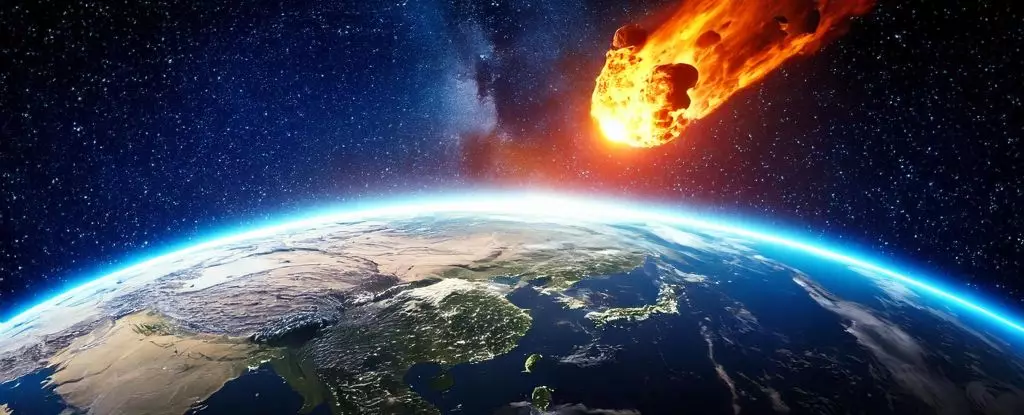Asteroid Bennu, a 500-meter-wide celestial body, has become a focal point of scientific interest due to its proximity and potential future impact with Earth. Although the likelihood of a collision occurring in the next century—specifically in September 2182—is minimal, at approximately 0.04% (or 1 in 2,700), the implications of such an event warrant serious consideration. The historical context of asteroid impacts, particularly the catastrophic Chicxulub event 66 million years ago, which is believed to have led to the extinction of the dinosaurs, highlights the necessity of preparedness in the face of cosmic threats.
Recent simulations conducted by researchers from Pusan National University in South Korea have attempted to model the consequences of an asteroid impact on Earth, specifically focusing on Bennu. These simulations utilized the advanced Aleph supercomputer to generate data on how a 500-meter asteroid would affect the atmosphere and ecological systems. The results underscore that the immediate impact may not be the most devastating aspect; rather, the aftermath could plunge Earth into a dramatic climate crisis.
The simulations suggested that an asteroid collision could inject as much as 400 million tons of dust into the stratosphere, leading to significant climate disruptions. The researchers projected a global temperature drop of about 4 degrees Celsius and a 15% reduction in precipitation. Such changes could have severe repercussions on global ecosystems, affecting photosynthesis and atmospheric chemistry. The loss of ozone, projected at a depletion of 32%, raises further concerns about the survivability of plant life and the potential ripple effects through food chains.
The most alarming consequence of an asteroid impact seems to be the devastating “impact winter,” where reduced sunlight leads to diminished photosynthesis in terrestrial and marine ecosystems. According to researcher Lan Dai, an initial drop of 20% to 30% in photosynthesis could jeopardize food security worldwide. As plants struggle to thrive in these adverse conditions, the entire food web could be affected, leading to scarcity and potential mass starvation.
However, it is essential to consider the ecological resilience exhibited by other life forms. Interestingly, certain algae, particularly marine diatoms, demonstrated a remarkable ability to rebound more quickly after the hypothetical impact. The asteroid dust, rich in iron, acted as a nutrient, enabling these algae to thrive in conditions where traditional terrestrial plants faltered. This discovery suggests that while one part of the ecosystem may suffer, another could adapt and flourish, potentially offering a glimmer of hope in the face of catastrophic change.
Understanding the frequency and historical context of asteroid impacts adds another layer to this discussion. It is estimated that medium-sized asteroids collide with Earth approximately every 100,000 to 200,000 years. Geologically, this implies that our planet may have faced similar threats multiple times throughout history—events that could have shaped both human evolution and our genetic makeup. The craters left behind by these cosmic encounters may erode over time, obscuring the frequency of impacts and leaving humanities’ journey almost devoid of lingering reminders, aside from our evolutionary legacy.
The potential threat posed by asteroids like Bennu cannot be underestimated, though the mathematical probabilities appear reassuring. The notion of preparedness must encompass more than just scientific inquiry; it should also inspire global cooperation in space monitoring and planetary defense mechanisms. As technology evolves, so too should humanity’s efforts to detect and potentially deflect hazardous asteroids. Understanding the ecological ramifications, particularly of medium and large-scale impacts, is crucial in preparing for any eventualities.
While the outlook might initially seem bleak, the study of asteroid impacts reminds us of our inherent resilience as a species and the importance of scientific exploration in safeguarding our future. In recognizing the fragility of our planet against cosmic forces, humanity may emerge more united in its desire to protect and preserve not just its survival, but the intricate web of life that sustains us all.


Leave a Reply